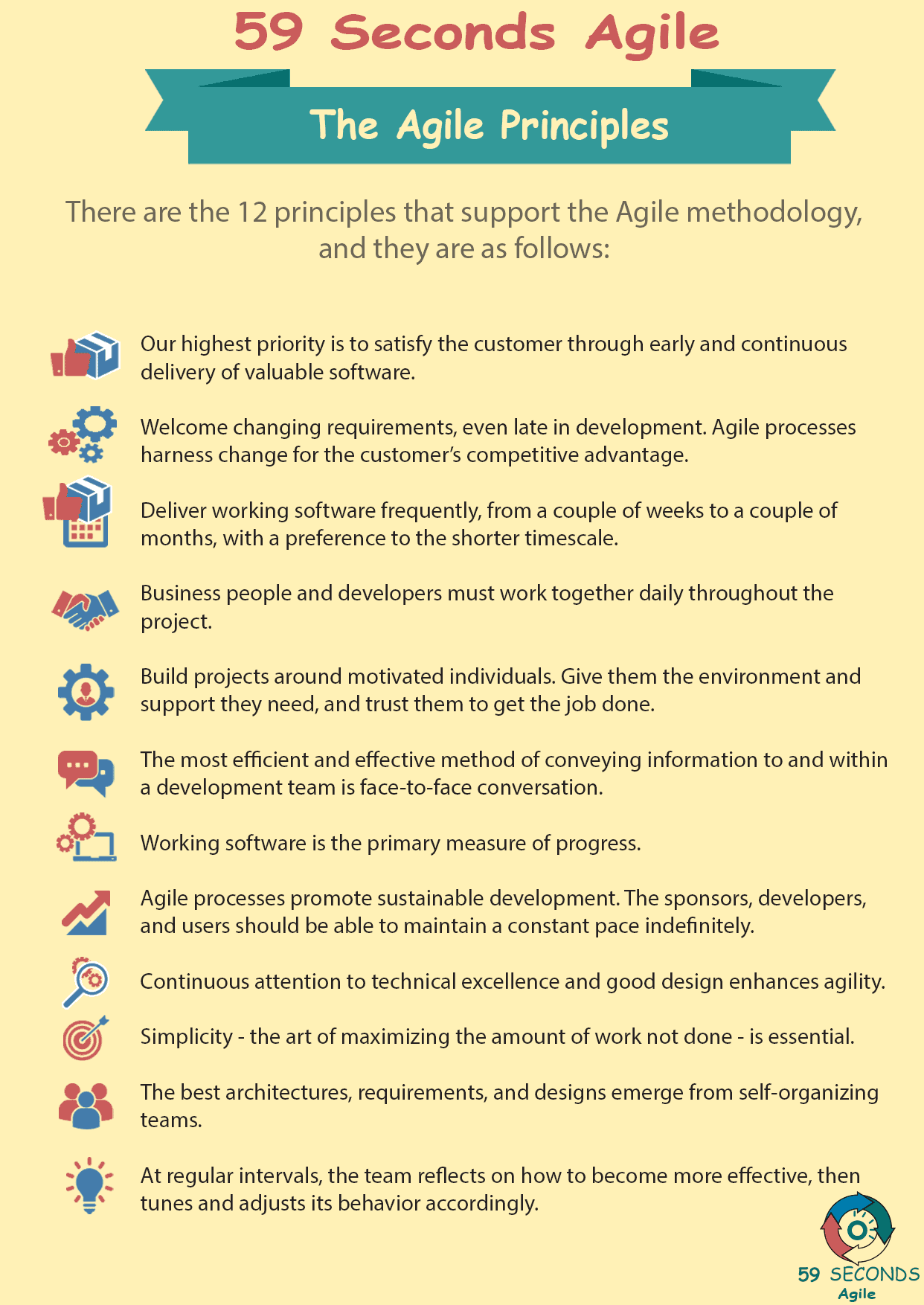The Agile Product Backlog
A 59 Seconds Agile Training Video
This is an Agile Product Backlog training video.
Continue to Part 2 Below
The Agile Product Backlog
A 59 Seconds Agile Article
This article provides an ‘Introduction to the The Agile Product Backlog‘ and looks to discuss what the backlog is and what role it plays within Agile projects.
Product Backlog
What approach does your project use when defining requirements? How does the traditional project approach in defining requirements differ from a scrum approach?
Agile Product Backlog and Traditional Projects
In traditional development projects, the customer predefined all the requirements to the development team before the start of subsequent phases. Based on the predefined requirements, the team would analyse the requirements and prepare a product requirements specification document.
The product requirements specification document is a detailed document of the whole system requirements, which once approved by the customer, cannot be changed. With a software development project, requirements often change as, neither the customer nor the developers are 100% sure of all the requirements at the start of a project.
Agile Product Backlog for Software Development
In agile software development projects, this problem is solved with the use of user stories. User stories are a lightweight process used to define high-level requirements. Once the user stories are prepared with the assistance of the Product owner, the Scrum Master, the development team and business stakeholders, the product backlog is prioritised.
Continue Reading —> Next
The Agile Product Backlog
A 59 Seconds Agile Video Animation
Continue Reading —> Next
User Stories Applied
A 59 Seconds Agile Book Review
User Stories Applied by Mike Cohn is one of our favourite books on Agile User Stories. The book starts with an overview into user stories, and details what a user story is and the different aspects of them. He then discusses how to go about writing a user story, and provides details of the INVEST criteria that can be used to determine if the story is meeting all of its objectives. Next Mike gives an in depth discussion of who user stories are written for and where to begin when gathering the details for them. The book then discusses acceptance testing user stories, including how to go about specifying these criteria and the responsibilities of the development team and customers during this process.
Continue Reading —> Next
The Agile Principles
A 59 Seconds Agile Infographic

Continue Reading —> Next
Agile Scrum Master Training Course
Our Favourite Agile Books
We found these books great for finding out more information on Agile Scrum:
Continue Reading —> Next


